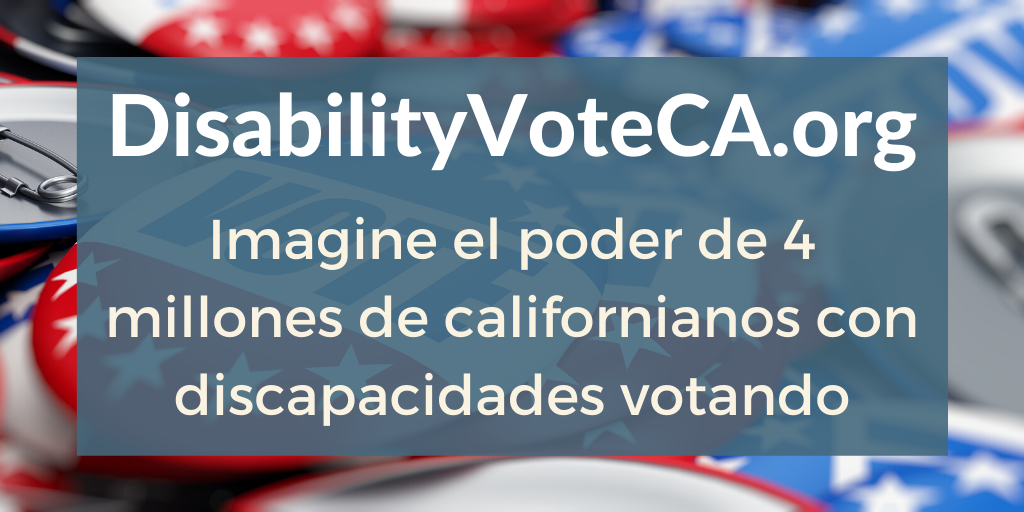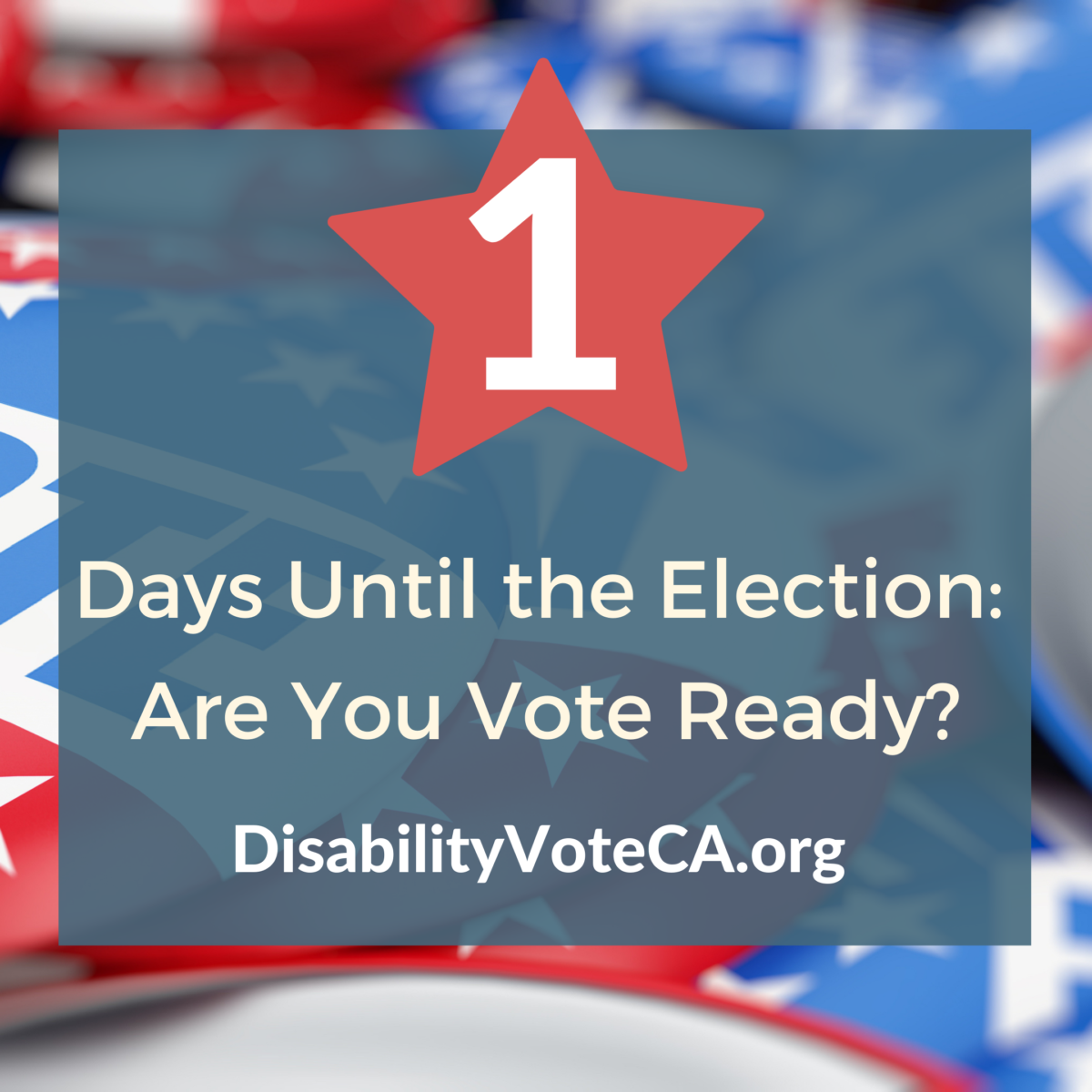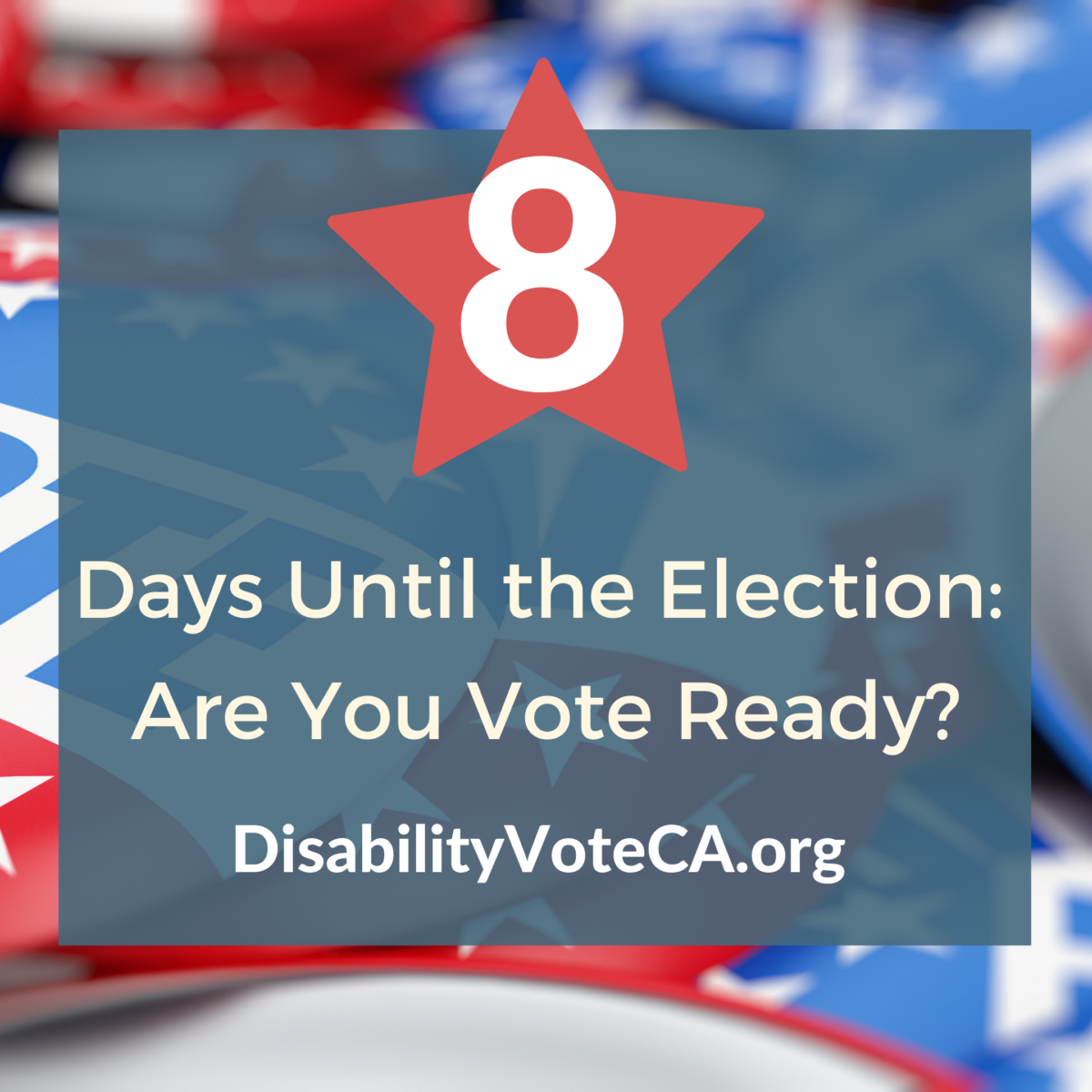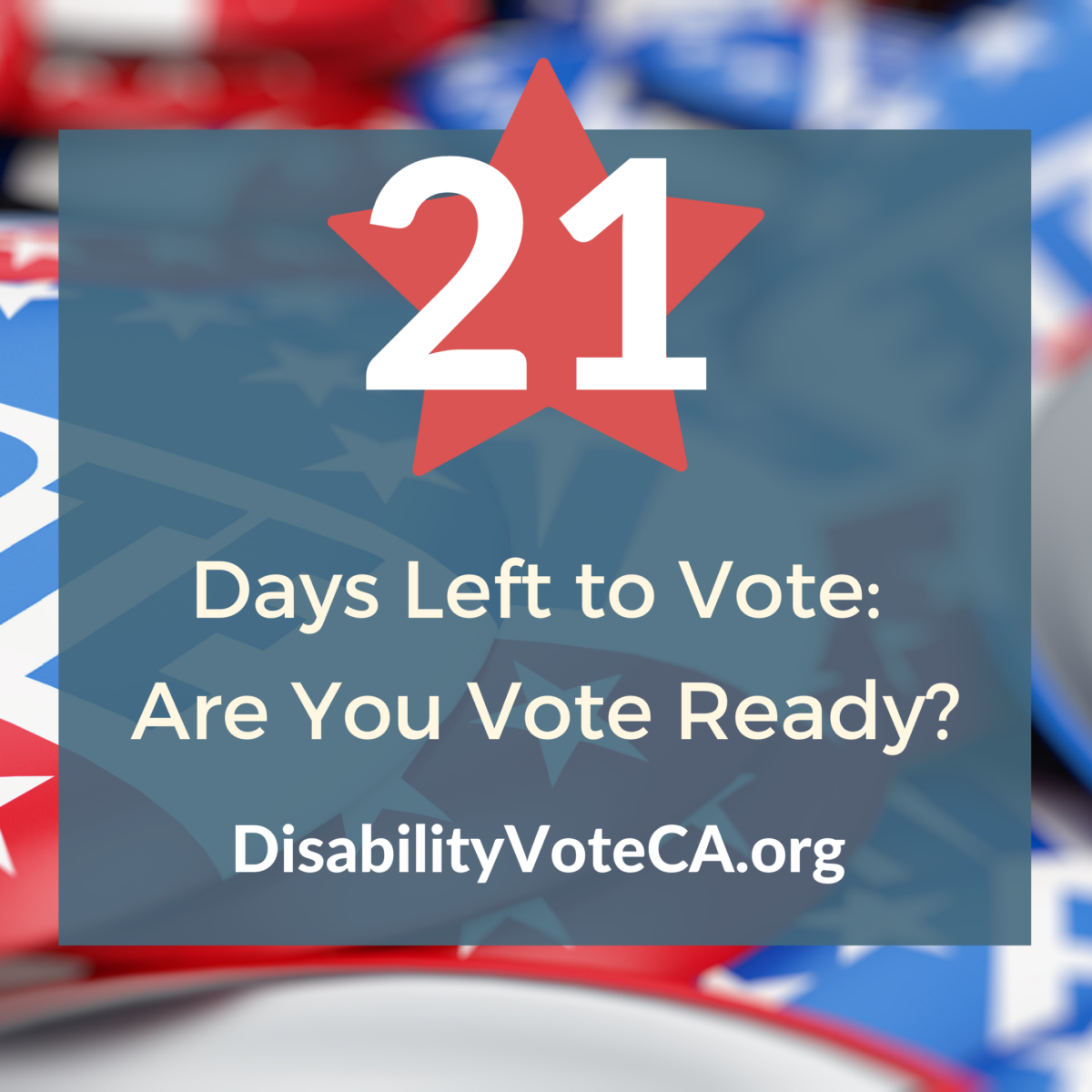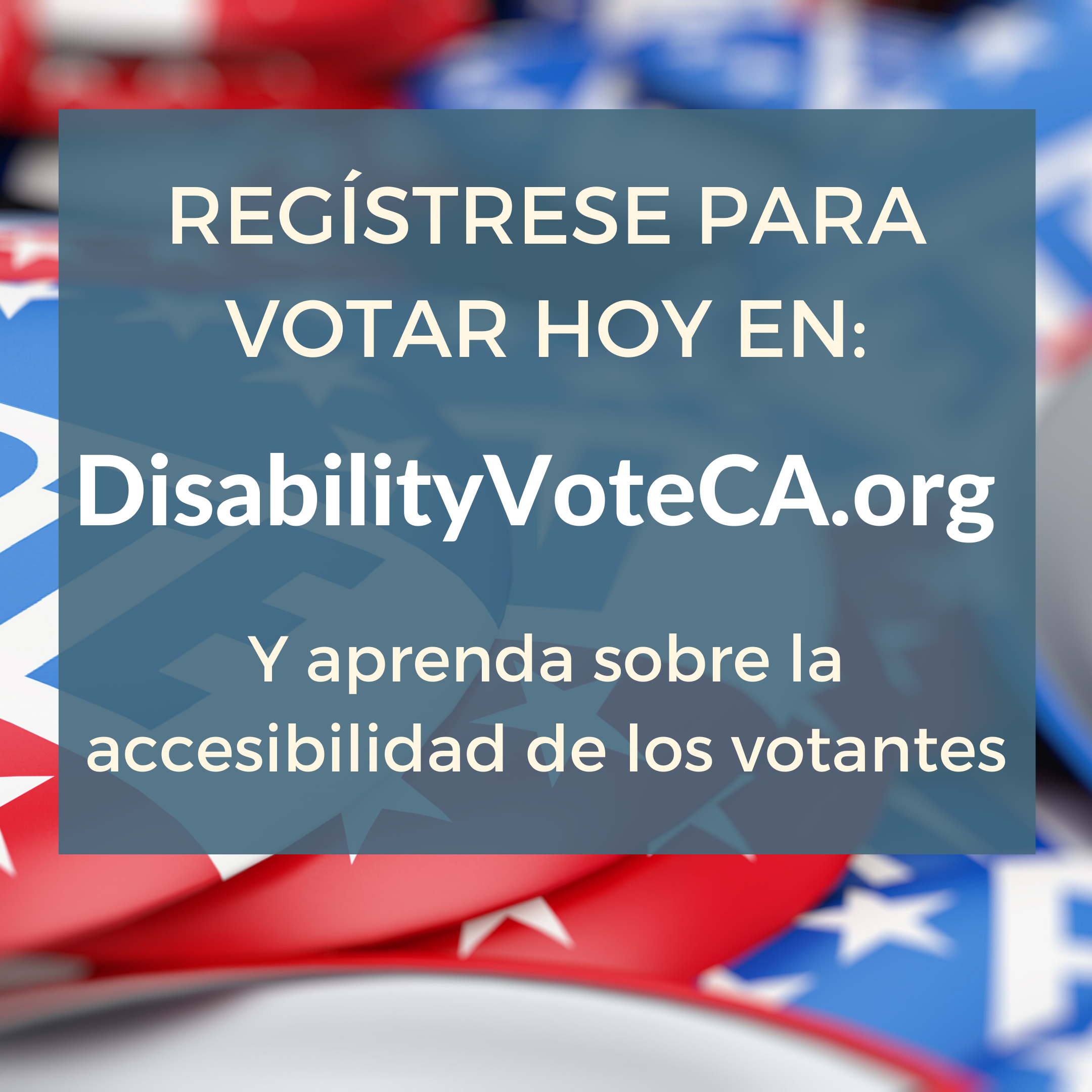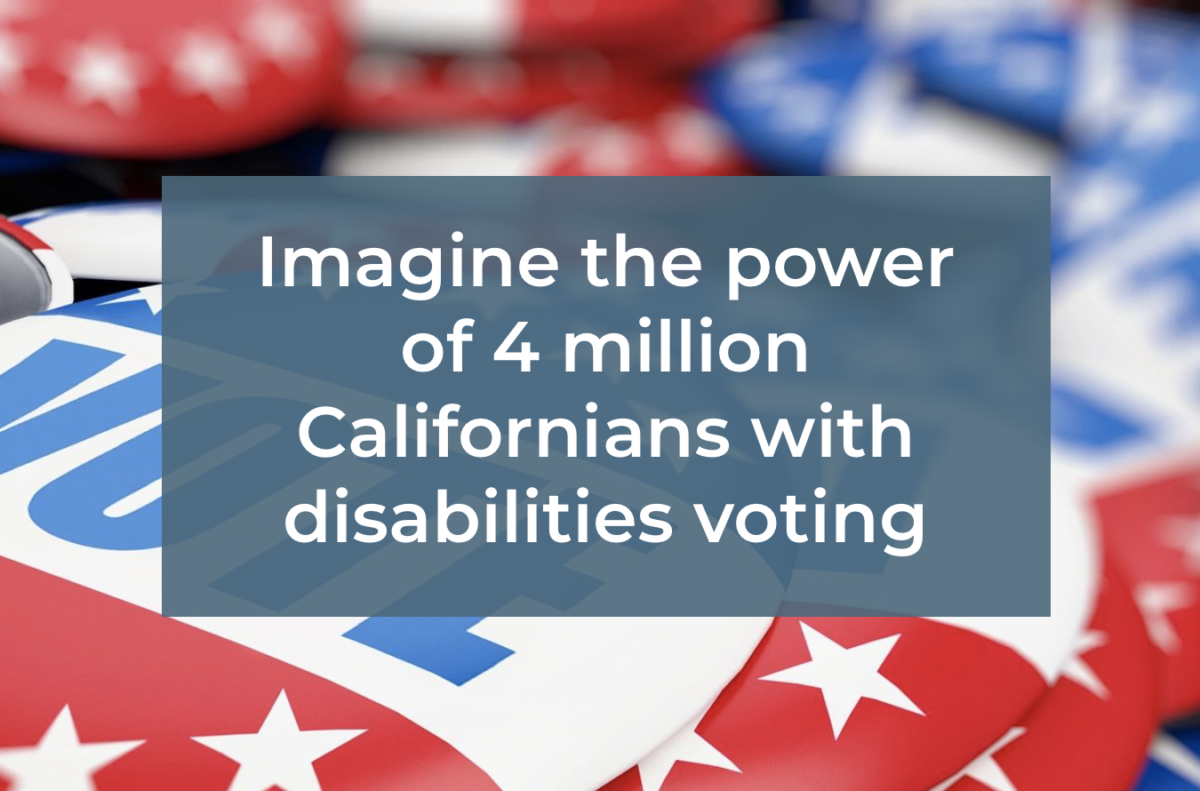Los últimos días de las elecciones generales presidenciales están aquí. Para aquellos de ustedes que aún no han votado, votar en persona es la mejor opción para asegurarse de que su voto cuente. Los protocolos de seguridad para manejar la pandemia significan que votar en persona este año será diferente a otras elecciones. Los votantes deben esperar tiempos de espera más largos de lo habitual, seguir las pautas de distanciamiento social y usar máscaras por su propia seguridad y la seguridad de sus compañeros votantes y trabajadores electorales. Los lugares de votación pueden no estar donde estuvieron en elecciones pasadas. Puede encontrar su lugar de votación en el sitio web de la Secretaría de Estado.
Para asegurarse de que los votantes tengan el mejor día de elecciones posible, aquí hay algunas cosas que debe llevar a su lugar de votación o centro de votación:
- Si es posible, traiga la boleta que recibió por correo.
- Cualquier material que tenga que le permitirá votar
rápidamente, como una boleta de muestra completa o el
gran folleto gris de la oficina electoral de su condado. - Agua
- Aperitivos
- Silla plegable
- Ropa en capas apropiada para el clima (protección solar /
ropa de lluvia, etc.) - Cualquier medicamento que tome en un horario
- Use zapatos cómodos
- El número de teléfono de Disability Rights California, línea directa de asistencia al votante es: VOICE – 1.888.569.7955 o TTY – 1.800.719.5798 en caso de que tenga problemas de accesibilidad en su lugar de votación.
No permita que las líneas y los procedimientos lo desanimen de votar este año. Su voto es su voz y, al usarlo, juega un papel importante en hacer que la comunidad de personas con discapacidad sea escuchada en nuestra democracia.

